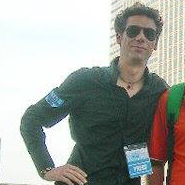Made in Japan: How virtual trading card games are transforming Japan's arcades
Marco Zangirolami reports in on Japan’s most awesome tech and gadgets
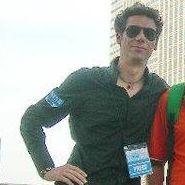
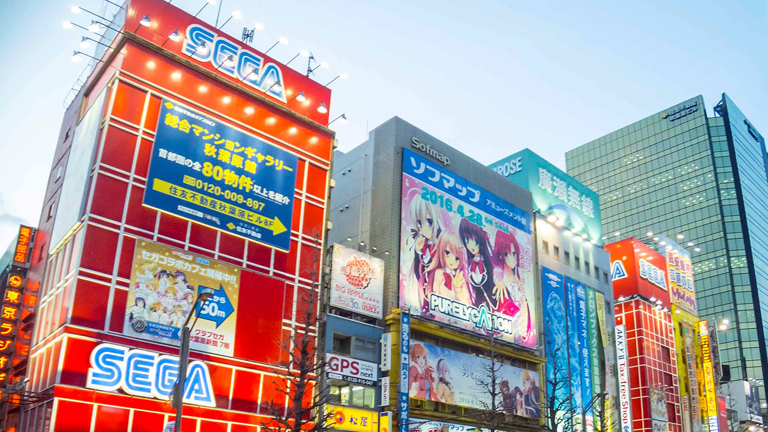
From this month onwards, T3 delivers you a new weekly news section where we report on the most awesome tech, gadgets and science coming out of The Land of the Rising Sun
It is no surprise that many of the biggest technologies over the last 50 years have been invented or brought to the masses by Japanese companies. Indeed, Japanese giants such as Matsushita (Panasonic, Technics and Aiwa), Pioneer, Sony, Toyota and more are now extremely involved in the development of the nano technologies, human limb and organ replication and the development of robots for mass production (especially due to the ageing population problem the country is facing). We saw in the last Made In Japan what advances they are bringing to the medical and human augmentation field also.
They are still advancing the arcade market also - take a look at this video below:
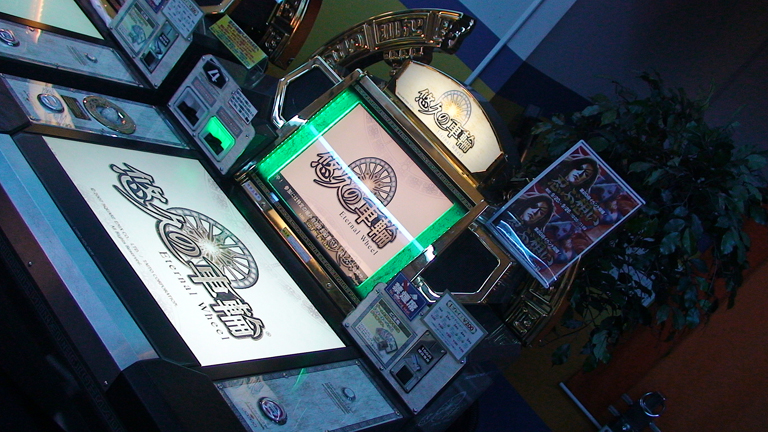
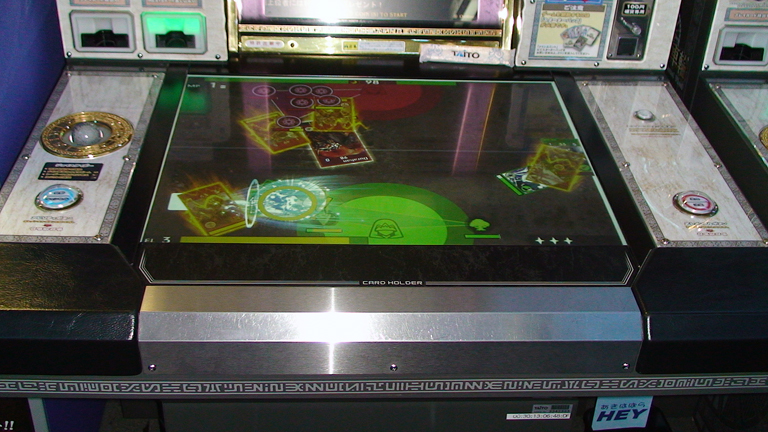
In the videogame industry over the last 15 years it has been commonly said that, "arcade centers are dead because people only play videogames at home".
And it is partially true. In fact, since 1995 - the moment when Ken Kutaragi's 'PlayStation' revolutionised and massified on a worldwide scale what was before a niché-market followed just by hardcore gamers - the common movement and perception of videogames is that they are now a product that you play in the bedroom or living room, not the arcade centres.
Here is Sony's original PSX advertising campaign:
Right or wrong, the PSX has changed the videogame industry, including the arcade centers in the west where video games were originally intended to be (especially in the 70s and in the 80s), the pinnacle of the videogame experience (conversions on home computers or consoles at the time on Atari and Intellivision - due to hardware lack - were poor relations of the original coin ops).
Get all the latest news, reviews, deals and buying guides on gorgeous tech, home and active products from the T3 experts

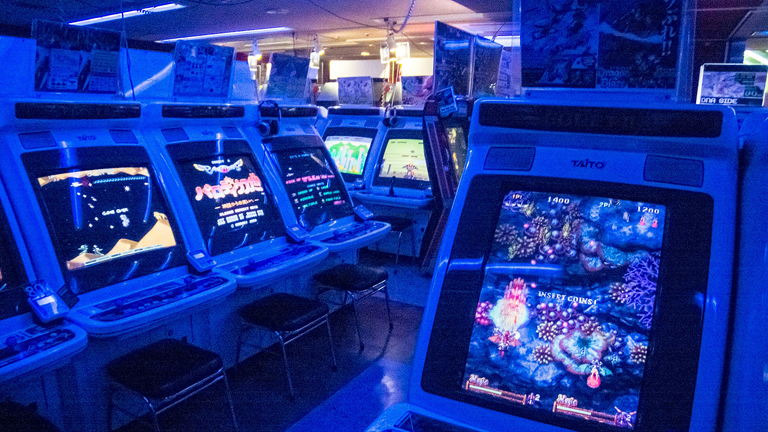
Which brings us up to today, where the situation is still the same if not more extreme. For example, compare the original OutRun 2 Super Deluxe moving cabinet to a home console version. The first one has still got the edge but in general - excluding gun shooting and racing games - all the other genres (specially beat 'em ups) have had a huge decline (example: Street Fighter V was delivered only on PS4), forcing a drastic change to the arcade centers, which increasingly are being converted to mini casinos with gambling machines inside.

In Japan, however, things are different. In Japan the arcade videogame market has evolved with the game players' expectations since 2001, when Sega first developed a new videogame concept to keep the attention of amusement center goers high and - crucially - paying money to play. This new gaming concept was trading card videogames, and right now they are developing into a crucial cornerstone of the new arcade industry in Japan.
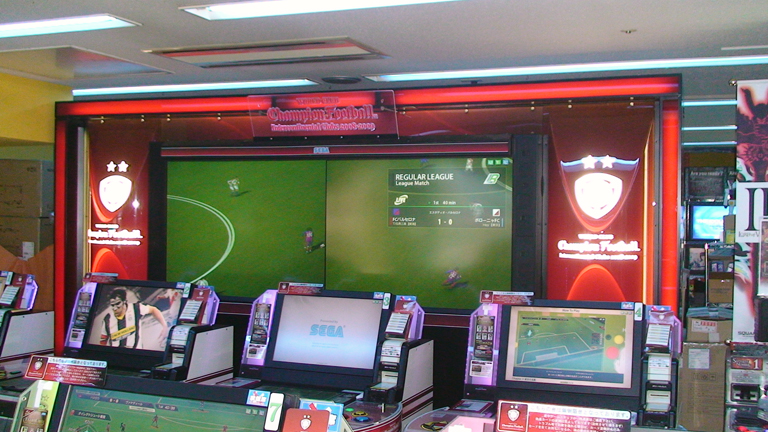
The first experiment was the football management game WCCF 2001-2002, which was a clamorous success not just for the huge income (on 300 Yen per play - approx. 2 gbp) it generated, but also how it incentivized players who were playing it for the first time to keep playing and learn how it worked, with a new card as prize (good or bad) to re-utilize in the following matches to improve their 'customized' team.
Check out this video to see how it worked:
Crucially, the most important football players from the most important football clubs were all included (Real Madrid, Barcelona, Milan, Juventus, Manchester United just to mention a few) and anyone was able to create their own team even with players of different clubs (example: Zidane could play with Maradona!)
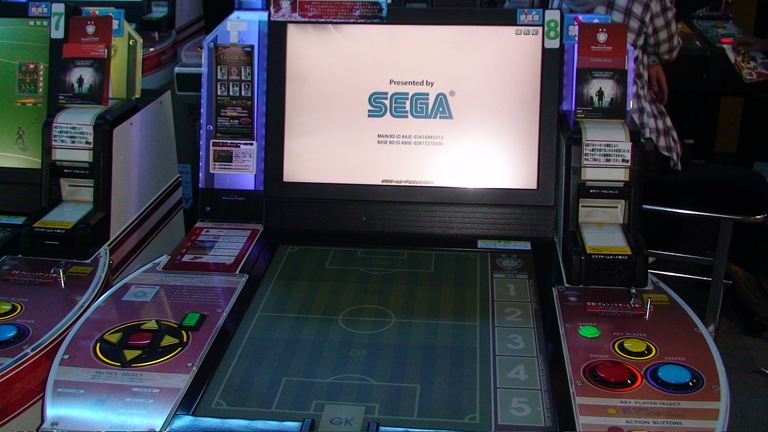
This brilliant idea came from one of the most talented and important managers in Sega: Hisao Oguchi, who at the time had already created many arcade classics as leader of AM3 (who later became HitMaker) like: Sega Rally Championship, Virtual On, Super Monaco GP and Crazy Taxy.
Logically after the big financial success of WCCF he was nominated CEO of Sega, and lead the passage of the company from CSK to Sammy, and today keeps an important role in the arcade business.
The game itself puts the player for the first time in the role of manager and team coach of a fictional football club to bring to victory, with real names as on FIFA of all the football players with their different personas and distinctive character, skill and personal behaviour (all written behind the trading card facade).

Of course, the commercial phenomenon did not pass unnoticed and Bandai-Namco (merged in 2005) and Taito (bought by Square-Enix in 2005 too) immediately followed this new course, with different game genres.

In Japan all the Videogame Holdings are also the owners of the biggest Arcade centers across the country (examples include: Club Sega, Taito's Hey, Namco's Inty), so they have a direct interest in the arcade's income and continued activities.

Here are a few other examples of trading card video games that have since come to Japanese arcades: Gundam Card Builder, Quest of D, Eternal Wheel, Lord Of Vermillion, The Key of Avalon, Sengokushi Taisen, and many many more.
Here is a video of Lord of Vermilion:
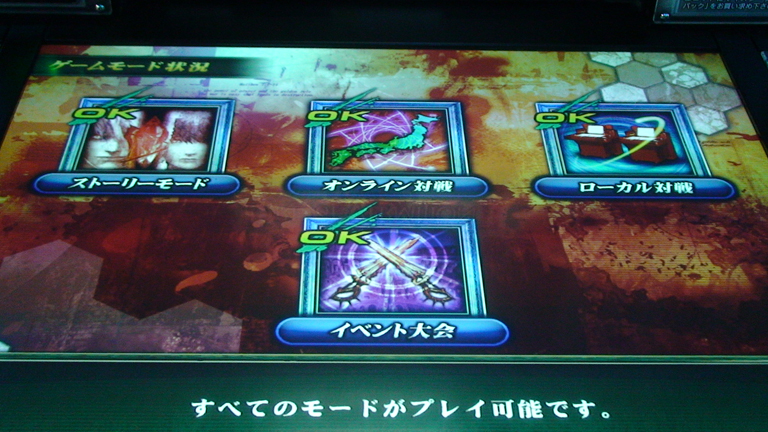

The biggest income of this new videogame genre, which mixes the tactical/managerial game (that we usually find on pc), with its redemption's aspect (i.e. to receive a material gift at the end of the match, which is unavailable at home). This allows players to create a personal collection of around 200 cards, which can also be traded with other players in buying and selling transactions.
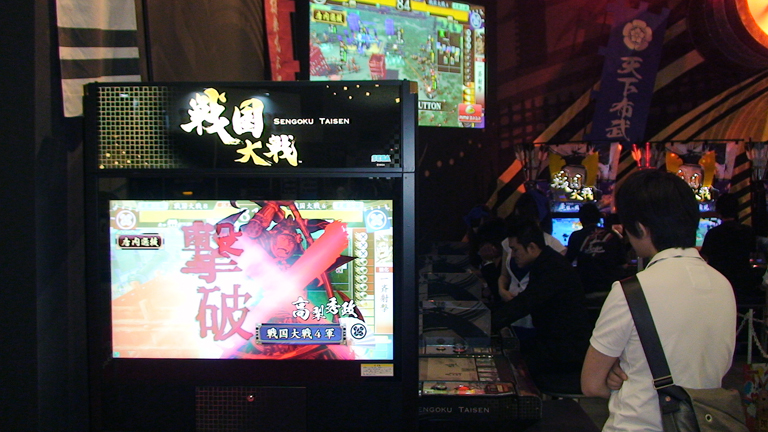
As to the reason why these games have never been imported over here into the west - this is largely due to the fact that Sega tried with its most famous one, World Championship Football WCCF in 2005, but were hit with massive royalty fee issues, with the price to use the players' images considerable higher than they are in Japan. This cost increase was, inevitably passed on in part to the arcade owners and they saw the vast and expensive machines too costly and risky to invest in, preferring instead to just install more slot machines.
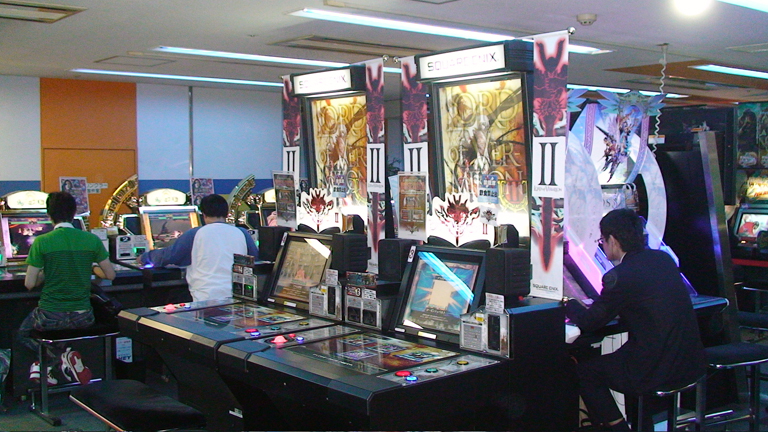
The takeaway here is that virtual trading card video games are another innovation that, along with state-of-the-art moving cabinets such as the Special Edition R360 we covered some weeks back, are proving that, right now at least, the arcade is not yet dead in Japan.
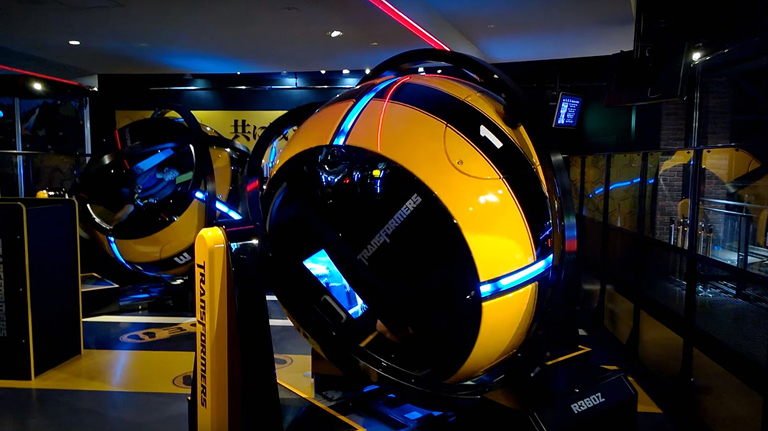
Remember to check back soon for another instalment of Made in Japan!
Made in Japan: Life after life - how Japan envisioned our future 40 years ago
One of the biggest taboos in the medical field is that our life cannot last more than the lifespan of our material body.
The spectre of Frankenstein's monster, since 1818 when Mary Shelley wrote the novel, has been in medical science the deontological line never to trespass. To cross that line would lead to the consequences would be like the one lived by the unfamous Johann Conrad Dippel.
But now almost 200 years since the novel was written, and with the latest improvements (especially in the last 10 years, with news of the 100% artifical 3D printed heart and potential future trasplant of the living brain) the question of whether are life will last longer than our human body is re-emerging.
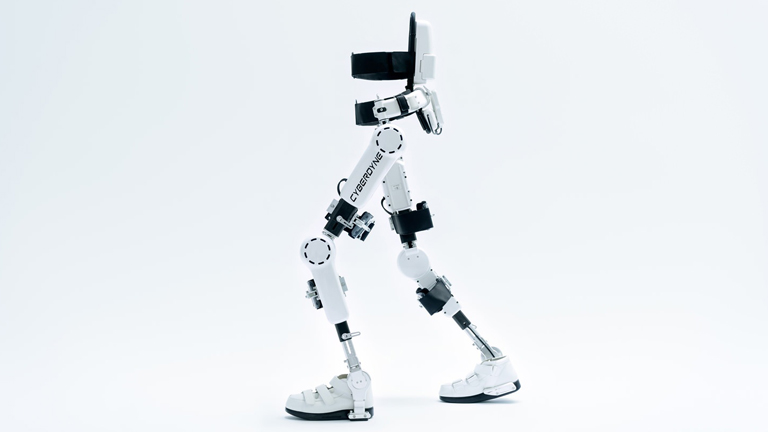
Cyberdyne's Hybrid Assisive Limb exoskeleton
Last year the Italian brain surgeon Sergio Canavero was able to successfully transpant a monkey brain from one body to an another, and on the 26th of April of this year he has confirmed that will make the first brain transplant on Mr. Spiridonov, a Russian man who suffers from Werdnig-Hoffman disease. If this operation is successful will we be (soon or later) immortal?
And if yes, how will it affect our life as we used to know it until today?
Of course only the future will tell us if what Canavero is going to do will be right or wrong, but as long as we know at today the brain is one of the few parts of the human body that can not be trasplanted or replicated - (the pancreas is another one, for which Steve Jobs died because of) and it is 'legally' the real essential part of the 'personal' jurisdicial, as a non replicable part (not as a robot hand). It is, in a few words, what in religious terms we would call the 'soul'.
Here is Prof. Sergio Canavero's TEDx talk on head transplantation:
So what will happen if all this will soon be possible?
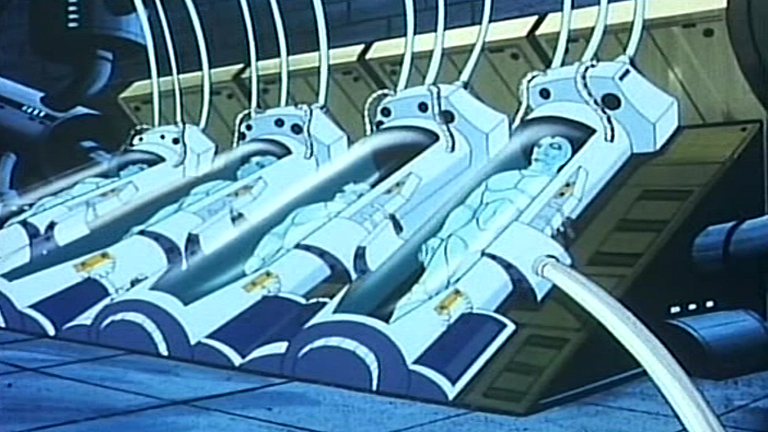
1970s Japanese animeShinzō Ningen Kyashān had characters continuing to live after their physical bodies were destroyed
Alcor, a US company that 50 years ago forsaw this field, has been the first company to invest in the idea that a “second life" will be possible. And that is because the idea that one day anybody could be able to continue to live, theoretically, forever in a new body is massive. Psychological, deontologically and socially it is a barrier so big that if it fell it would be as big as '89's Berlin Wall. And, right or wrong, Canavero's trasplant could be the turning point, the first step in that direction.
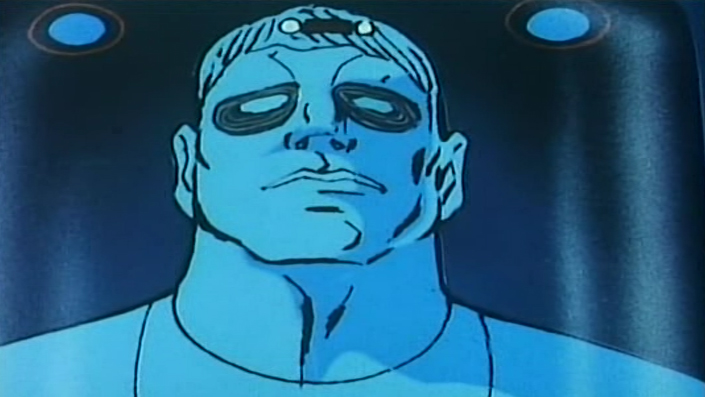
The 1973 anime Casshern dealt with the issue of immortality and its dangers
Of course it would be just a first step, but as Neil Armstrong used to say about his first walk on the moon: "That's one small step for [a] man, one giant leap for mankind." Also, this would no-doubt give a boost to the robot industry, with the the 'storage' of our brains in machines as seen in movies like Ghost in the Shell, or in videogames such as Natural Ultimate Digital Experiment on Xbox.
The intersting thing is that this movement was forseen too in the 1970s in many Japanese animes like Go Nagai's 'Kotetsu Jeeg' or Tatsunoko's 'Casshern', where the fathers or mothers of the main characters fallen in battle keep living inside computer machines.
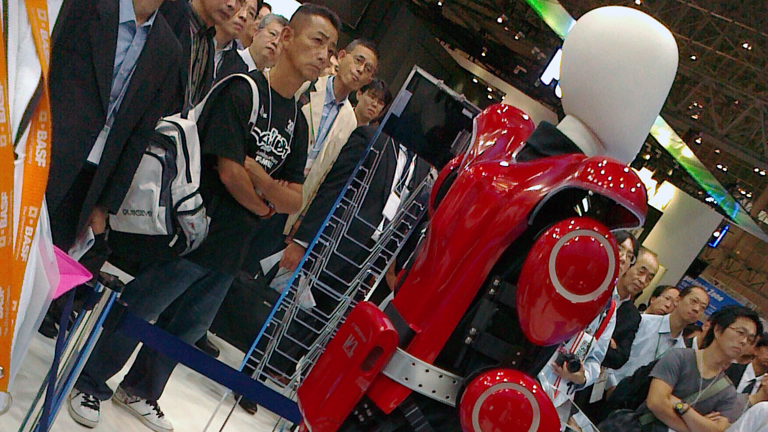
Prof. Sankai created the Hybrid Assistive Limb
Japan, to this day, believes strongly in this field, and last week Prime Minister Shinzō Abe reserved a huge sum of money for new investments in this field. Indeed, in the past alone we have already seen the HAL (Hybrid Assistive Limb) createded by Cyberdyne's Prof. Sankai shown off (with Intel's funds also), who invented a first neuro-nerve prototype robot which can read our mental signals (outputs) through our nerves to move our body and muscles.
So something believed impossible until yesterday (the ability to live in an another body) may soon become possible, and create a different 'concept' of life as we perceive today, as all circumstances that regulate and surroud us in our every day life could change.
Life expectancy is the 19th century was 40 years old. In less than two centuries, thanks to the medical advancement, the human kind has experienced a growth in terms of longevity and better living standards. Now we have a life expectancy of almost double that figure (approx 70 years for men, and 80 for women).

Japanese anime Ghost in the Shell explores the idea of conciousness passing between physical bodies
This lengthening of our potential lives is interesting as the societies we now live in are all geared around humans living 70-80 years. For example, banks dictate loans and mortgages to a degree based on guessed lifespan. Governments too plan taxes and retirement ages also based on when they expect you to die and nation and inter-nation policies are also often crafted based on average human lifespan. If this lifespan was to suddenly dramatically increase, massive reforms would need to take place to take them into account, while the entire structure and model of society would have to be altered.
So the question is not just if a life after life is possible, but also how all these big advancements in the medical field may or will revolutionate our every day life and the structure of society.
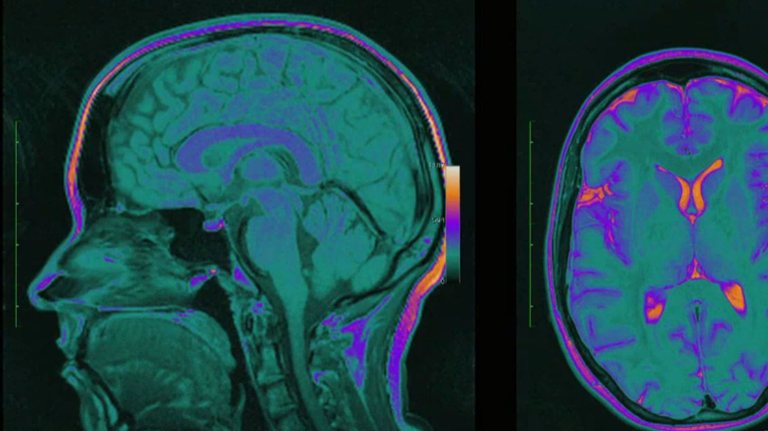
Are we close to being able to transplant the human brain?
In the end, are we near a new medical revolution as happened with Alexander Fleming's penicillin?
Time will tell, but one thing is for sure, what we have seen in Star Trek: The Next Generation (ambassadors living 200 years) may be in the near future actually possible.

Sega Joypolis Ultimate Guide - how to get there, what to play and why it's unique
Last time (see below) we were talking about the return of one of the most impressive and beautiful coin ops ever made in the arcade history, the Special Edition R-360, which is located in the Sega Joypolis amusement centre.
Today, after many requests by readers as to how they could play this game (and also how to get to it, as it is not immedietely obvious as a non-Tokyo resident), today's piece intends to guide you not only on how to reach the game's location, but also to guide you through other incredible arcade simulators in the Joypolis that you wouldn't want to miss.
How to Arrive
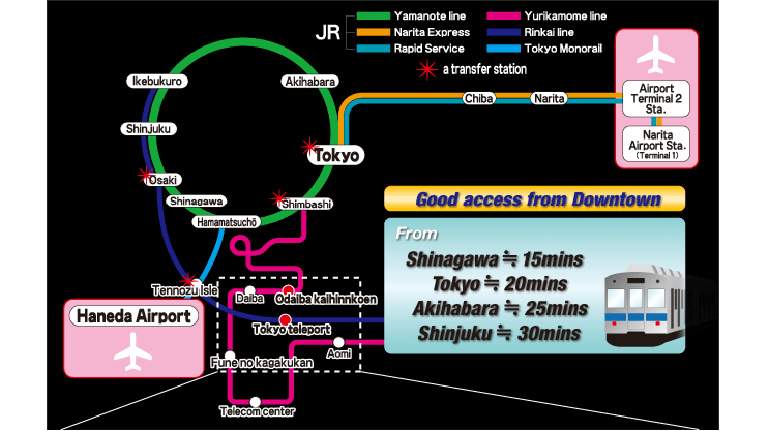
So, first of all, the R-360 is outside of downtown of Tokyo. It is not in the centre or, to be honest, anywhere near it really. To be precise it is right down in the Tokyo Bay, in a region called 'Odaiba'.
To reach Odaiba, you must first get on the green/white Yamanote Line of Tokyo (also spelled 'JR LINE') and go to 'Hamamatsucho' station. From there you need to get the Monorail Line (check out the view when it passes under the Rainbow bridge as it is really astonishing) to arrive at the 'Tonnuzu Isle' station.
If you are more closer to the 'Shin Bashi' station (especially if your hotel is located in the north east part of Tokyo, ex: Akihabara, Tokyo Station, Ginza, etc..) then you must get the Yurikamome Line and reach the 'Odaiba Kaihin Koen' Station.
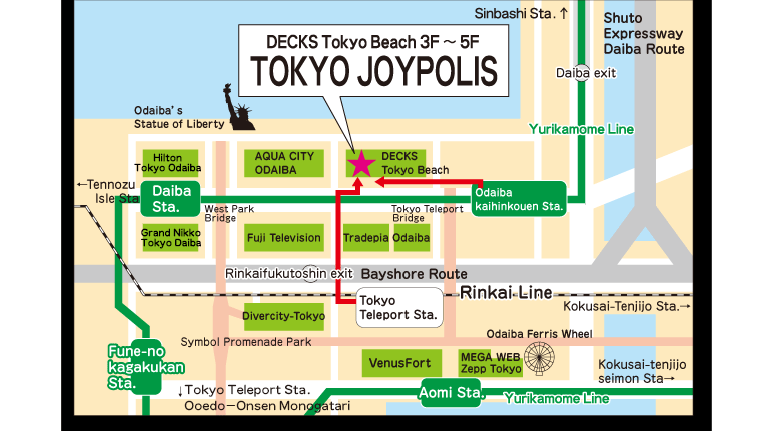
If you are not close to any Yamanote JR's station, then from your train line reach the 'Shin Kiba' station, and from there take the 'Rinkai Line', and go down always at the 'Odaiba Kaihin Koen' station.
The subway ticket from 'Shin kiba' to Odaiba should be around 360 yen (approx. 2,50 GBP - just to go), if you think it is pricey believe me when I tell yout that a taxi ride right here is very expensive!
The Entrance: The 'Decks' Building

OK, as soon as you reach Odaiba station, to enter the Sega's Amusement center you need to look for the nearby 'DECKS' building, as the Sega Joypolis is inside a gigantic mall.
As soon as you are inside the 'DECKS' you'll have to go through the main hallway with many restaurants, shops and people (I do not know why but it is always overcrowded). At the end of the corridor you will see the magnificent entrance of the Joypolis, with a gigantic LED display telling you that you reached the right place.
If you have taken the route from the opposite side (from the bridge near the futuristic Fuji TV building to be exact), you'll find the Joypolis immediately at the entrance on your left.
To enter at the Amusement center you need a 'Passport', a ticket that costs 800 yen (approx. 5,70 gbp) with no game rides included, or 4,300 yen (around 30 GBP) with some rides included (Prices from July 2016).
You can find out more information about prices on the Joypolis website.
Inside the Joypolis
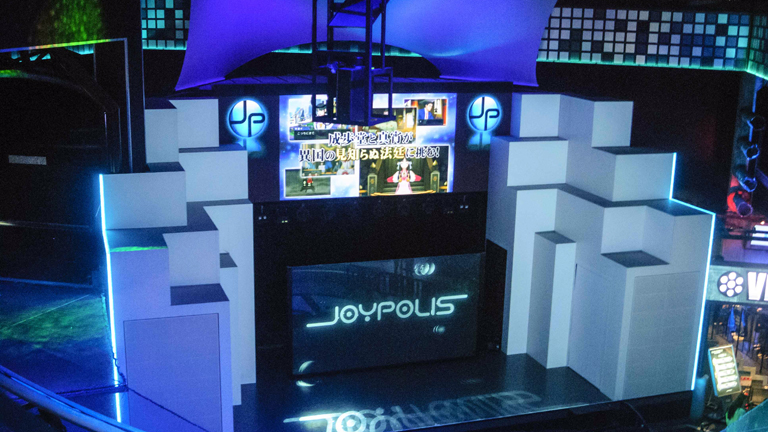
Built over three floors connected with stairs and elevators, when you first enter Joypolis you'll find the 'main (musical) stage' were many idol singers come and give a show for the audience (during the weekends at night the amusement center also becomes a night Club), while all the staff in here are suited with Hatsunke Miku uniforms, with their own specific number on their shoulders.
But who is Hatsune Miku?
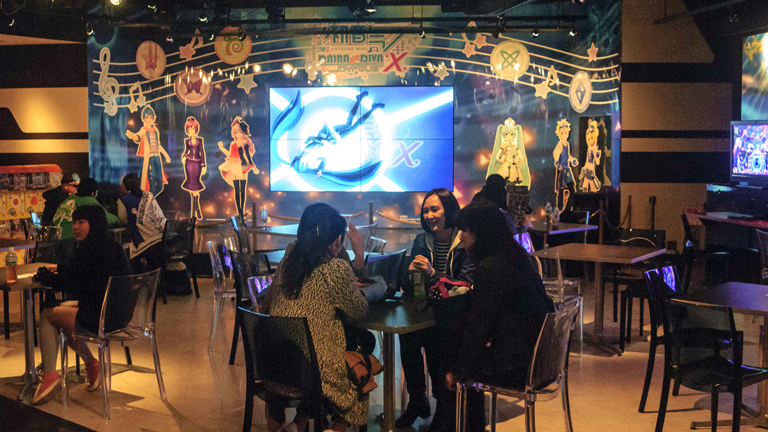
Hatsune Miku is the biggest and most important Virtual IDOL of Japan today. She is so popular that she performs even in real concerts with real people paying to see her singing!
Check out this video for a taste of one of her concerts:
Of course Sega, after seeing the potentials of Miku, bought all the rights and made her the second mascot here at the Joypolis (after Sonic, of course), with a dedicated open bar named 'Hatsune Miku: Daiba de Diva'. There is also a game corner where the audience can test for free all the latest Hatsune Miku games on PS4 and Vita.
All this Hatsune Miku tie-in stuff is great and adds a certain uniqueness to Joypolist that you won't find elsewhere. However, what really differs Sega's Joypolis from any other amusement park in the world is the technology involved in its avant gardè coin ops contained within, with all the biggest and best editions in residence.

Here are some top arcade pics for you to check out when you visit.
The best of Joypolis
Initial D

Born in 1995 from Shuichi Shigeno's Manga, Sega Rosso (the ex-Namco creators of 'Ridge Racer') with their boss Kenji Sasaki and a team of less than less 50 people, in 2002 developed probably the biggest and longest-lived cash cow in arcade industry history in terms of racing games. We are of course talking about Initial D.
Even today Initial D is in every arcade center of the Land of the Rising Sun and the Joypolis is no different, with you able to play the racing game inside REAL moving cars! These cars are absolutely identical to the ones in the manga!
So if you want to race in the classic Subaru Impreza or the mighty Toyota AE86, then here you have an occasion like no other to play with them in a 1:1 environment.

The game is up to two players per car (even if only one can drive, not like in Out Run 2 Deluxe) and there are 3 stages (if you are up to it of course - I was not able to get through the 2nd stage).
Initial D is probably, if you ask me to be honest, the 2nd best game here the Joypolis after, of course, the 'Trasformers: Human Alliance's R-360 (they cost the same 600 yen each - approx. 4,50 GBP). Personally, I prefered the evergreen 'Sega Rally Championship' Deluxe edition, with Toyota's Celica and Lancia's immortal HF integrale, but times change and Sega logically changed too. Overall though this is a top pick if you are in Joypolis, so go out for a spin when you visit.
Storm-G
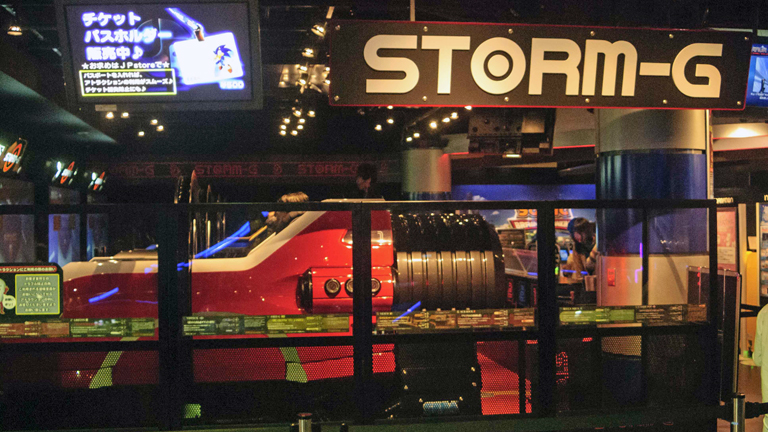
You'd have to look pretty hard to find someone who doesn't think this is a real arcade masterpiece from Sega.
A bobsleigh simulator that rotates 360 degrees with two players on board, it is an experience that is not only intense but also difficult to recreate anywhere else.
The cockpit that spins left and right (not up to down or vice-versa) and makes a 360-degree circular motion to simulate barrel rolls while inside the tunnels is simpy astonishing.
Players can choose between two different courses, with gameplay reminiscent of Nintendo's F-Zero, getting bonuses on the road to go faster than others.
The challenge is very easy with two courses to choose from it is quite easy to master. Easy and straightforward, after many years this is still one of the few games that has never changed or received updates inside of the Joypolis. If it ain't broke, don't fix it.
House of the Dead 4 Special

Even right here it is difficult to remain cold after having taken a ride on this game.
I am a pro-player of HOD and believe me this version beats all the others (even the deluxe ones).
The game in this case is played inside a claustrophobic closed environment with a 20% higher speed version, a rotating 360-degree seat, and the game is played back and forth on two gigantic 100-inch screens (great as entire walls). And this is not to mention about the special effects like the air in the face when hitted or the vibration around you. It is simply AMAZING!
The longevity of the game is sincerly more tight because the game is much harder than the standard version, not just due to its extremely fast speed, but also by the fact that the game rotates and changes when you do not expect it. For example, it will turn all black and the seat will rotate with you on board at a very high velocity, deconcentrating and confusing you for a few milliseconds and that's where the zombies and the game can kill you really fast if you are not on the ball.
Regardless of its difficulty though, this is another great 'Special' version available only in this amusement park and is a must play for any gamer. It costs about 500 Yen per player (approx. 3,50 GBP), so it won't break your wallet to try it out at least once.
Let's go Jungle Special
This attraction is very similar to the game above, a rail shooter where you play a freshly married couple trying to survive their honeymoon in the jungle! Of course you go on honeymoon to the jungle!
A different story then but exact same dynamics as House of the Dead Special, just with less zombies and more humor and fun thrown in!
500 Yen per player (approx. 3,50 GBP)

Veil of Dark
I must admit this is a very particular experiment between a normal amusement park attraction and an arcade videogame.
'Veil of Dark' is a roller coaster that moves through the center of the park, and stops where guests can shoot zombie hoards. It mixes the real and the virtual so well with some incredible fast paced action that as soon as the game finishes you want to take another ride!
500 Yen per player (approx. 3,50 GBP)
Beware here though that the cues, as for the R-360, can easily reach 60 minutes plus!
Sonic Athletics
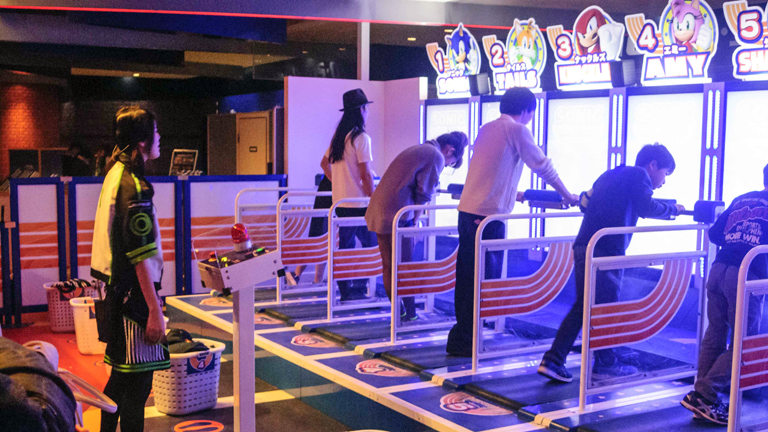
This attraction is more for the casual gamers, with eight players challenging the olympic games on three events: the 100 meter dash, the 110 meter dash, and the long jump.
To be fair, tt is probably one of the most popular games here at the joypolis, from which Sega has clearly taken inspiration from the upcoming Mario and Sonic at the Olympic Games.
Simple and fun!
500 Yen per player (approx. 3,50 GBP)
Other attractions
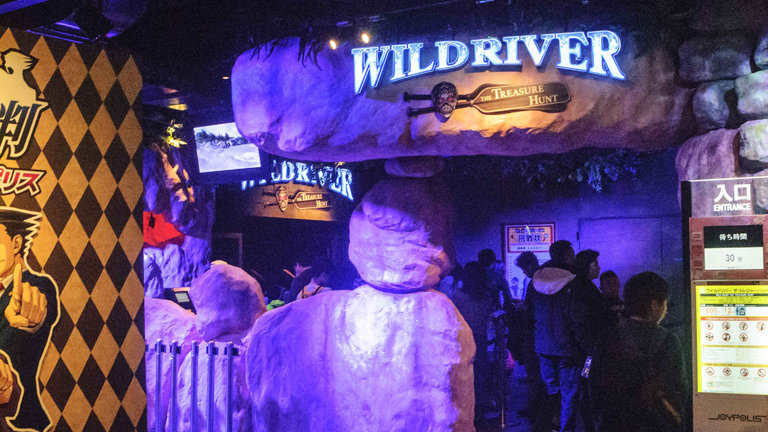
Of course, inside the Joypolis there are also many typical attractions (such as haunted houses and prize cranes) that people can find anywhere else, but Sega had to insert them inside the park for commercial reasons (people do actually like to play them you know). There are however a few other non-standard notables, including the 'Wild River', a jungle-themed dingy simulator, and the real scary and wierd 'The Room of the Living Doll', a haunted house attraction that is reminiscent of the Fatal Frame series.
Here is a complete list of these other, second-tier attractions at the Joypolis.
Merch time
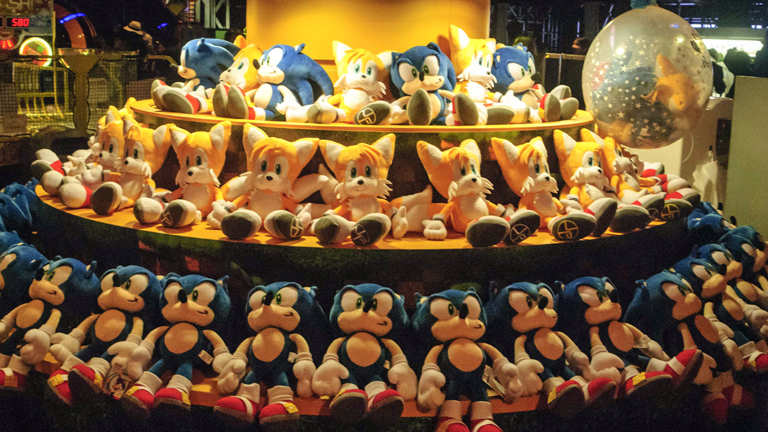
Last but not least, before the exit the Joypolis you'll find the BEST Sega shop you'll find anywhere in Tokyo. The 'JP Shop' sells so much cool stuff that most retrogamers would love to buy: so much Dreamcast, Sonic, Megadrive and Saturn stuff is sold here and only here!
Simply it is a must for any Sega fan and you can find literally anything related to the glorious Sega heydays in the shop: mouse pads, t-shirts, memorabilia, key holders, name holders – in a few words ANYTHING.
Prices are good as well considering the quality, so this is a must for all you Sega fans.
Right, that's all for this week guys and gals, so make sure you check back in soon for another dose of Made in Japan.
For more information about the Sega Joypolis please visit its official website.
The previous article now begins...
Made in Japan: Special Edition R360 - The New Arcade Frontier
It is not a surprise that Sega has always manufactured and introduced in the arcade industry many unique and avant-garde games, as well as advanced technology in its coin-ops that masterfully mix the art of the video game with immersive, hydraulic, Taikan-built cabinets.

Powerful motors can rotate the spherical cabins a full 360 degrees in any direction
This time though the house of Sonic has surpassed itself and has gone even further compared to its most advanced coin-op in terms of mechanics. Indeed, it is probably the most radical tech jump in more than 20 years: we are talking, of course, about the futuristic and brand new R360 arcade system.
Take a look at the system in action now by watching our exclusive video:
Even today the original R360 cabinet from the 1990s (made extra famous as it became part of Michael Jackson's huge arcade collection) used to run a special version of G-LOC Air Battle (on System Y) or Wing of War (on the Sega's 1st real 3D PCB the famous Model 1), that still today is considered by hardcore arcade fans as the ultimate arcade experience.
Since then no other competitor ever dared to go any further though, not even the president of Namco Masaya Nakamura(from where the name comes from NAka Mura COmpany), who used to be the historical rival of Sega in the arcades.

Queues for a spin on the R360 cabinets, with a single game lasting at most five minutes, are lengthy
One interesting anecdote I heard while working in Japan was that classic racing game 'Out Run' was mainly produced by Sega (at the time run by CSK holding) to beat the mighty 'Pole Position' produced by Namco (and distributed in the west by Atari) who until then used to be number one in race games.
Almost 25 years later, surprisingly, Sammy (who now control Sega) decided to reprise this state-of-the-art cabinet introducing many new and whizzy improvements.

The special edition R360 version of Transformers: Human Alliance can be played at Joypolis, Odaiba, Tokyo
With the launch of the latest movie in the Transformers franchise, last year Sega bought the rights to develop the videogame for Japan's arcade centres, deciding not only - for marketing reasons - to create the upright standard version, but also a deluxe sit down version.
However, for the historical amusement arcade centre named 'Joypolis' in Odaiba (the Tokyo bay area), Sega decided to go even further, adapting the game with a full 360 degree moving cabinet that could cater for not just one but two players together in the same system.
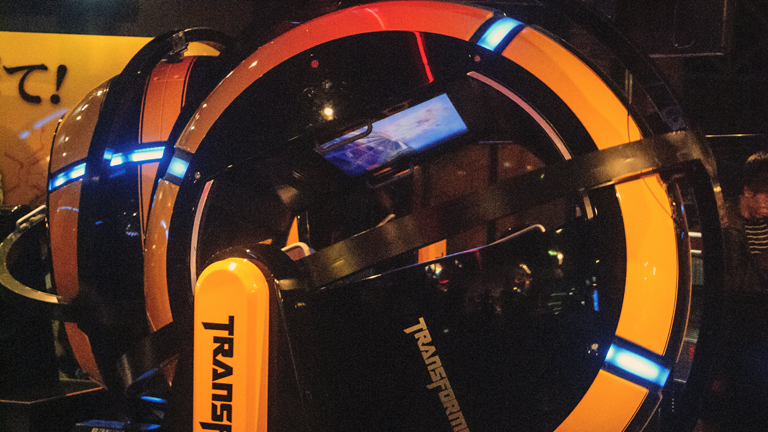
The new R360 comes packed with a 40" Full HD flat 16:9 monitor
For those who were lucky enough to play the original R360, they will remember well the kind of remarkable experience the cabinet was able to deliver for one person. Now though, with the new system, the force of the cabinet's moving motors is so much faster and smoother compared to those of more than 20 years ago that the experience has been turned up to 11.
And, those sort of big, game-changing improvements have been made throughout.
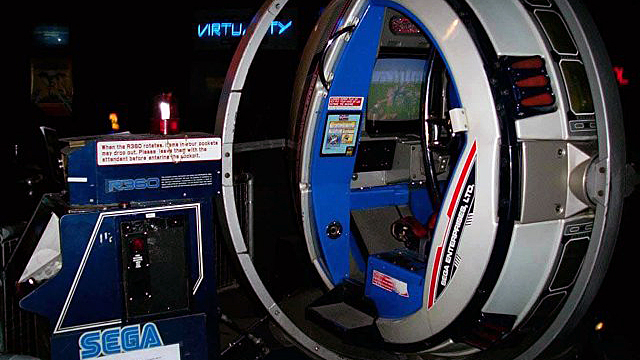
Sega's original R360 system, launched in 1992
The cabinet, compared to the original version, is not only double in dimensions (so allowing two players inside), but also on the external dimensions that reach now almost five meters square (from the original three meters) and three meters tall (instead of 2.5 meters).
The monitor inside the cabinet, instead of being a normal 20-inch monitor as employed by the original R360, now is a large 40" Full HD flat 16:9 monitor.
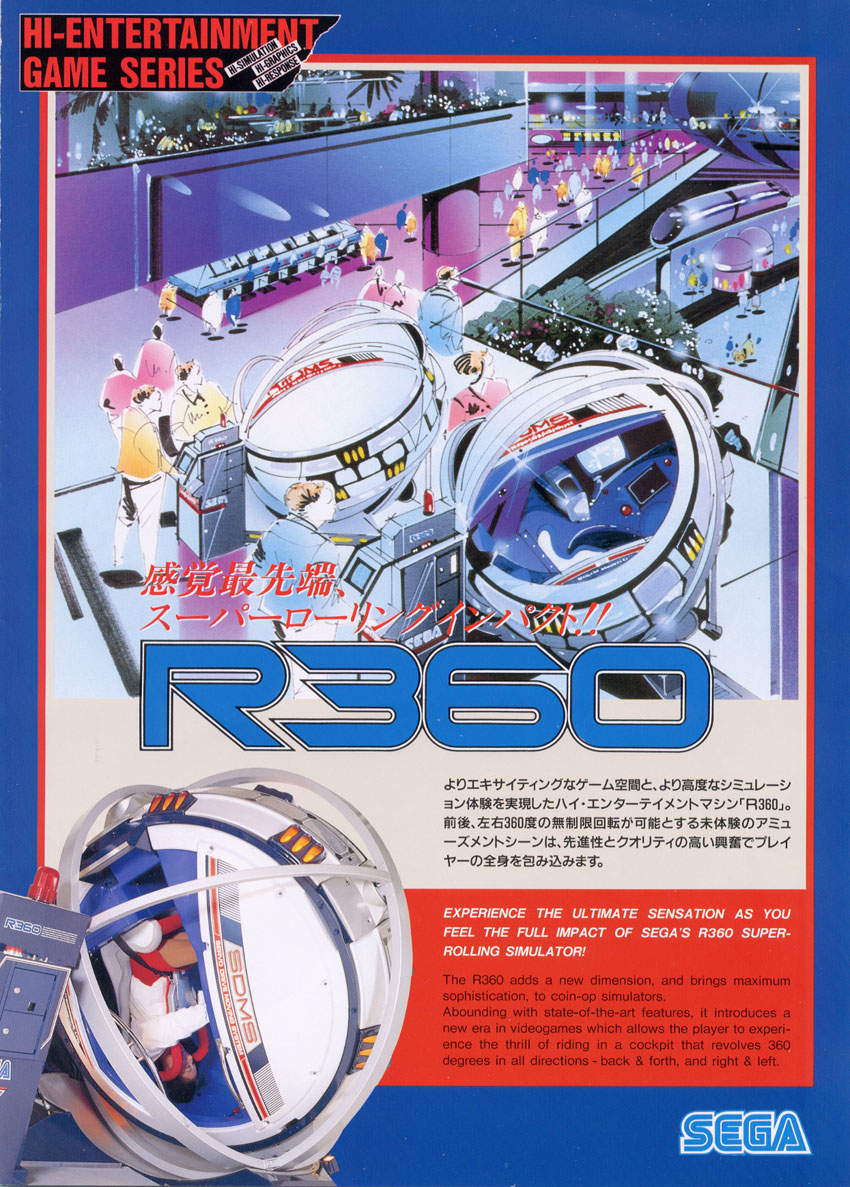
A promotional flyer for the original R360 arcade system, which gathered much fame during the 1990s
In addition, the controls are no-longer just a normal joystick (or a gun as on a shooting game like this one), but two controllers like on a Nintendo Wii: a little pad to move the gun and the other to push the weapon's trigger.
The reason for this new control scheme is due to the heavy rotations that occur inside the cabinet, rotations where players are pushed upside down continuously, making it almost impossible to use normal guns.
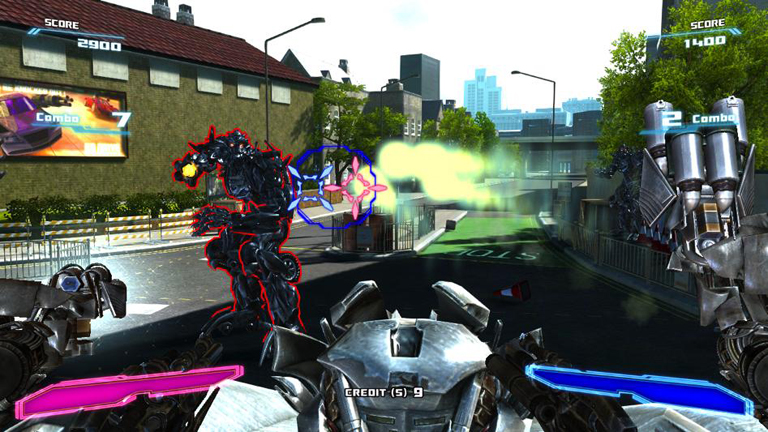
A view from inside the game, where the player is tasked with shooting a number of enemies - as the R360 spins!
Talking about the game itself, it is a 'special version' of the game Transformers: Human Alliance, which is modelled for a three-stage run only (so a fixed five-minute session of play). Transformers: Human Alliance is basically a rail shooter developed on the RingEdge 2 PCB in which the player's main goal is to help the Autobots shooting at their rivals the evil Decepticons and hopefully survive!
As mentioned before, the normal game path is modified to play three of the game's stages in increasing difficulty. Having watched many casual gamers get into the new R360 and play the game though, I noticed that if they are not very good, then they rarely get to the final stage, tending to occupy the cabinet for around 3-4 minutes instead of the full five potentially on offer for their credits.
Here is a short trailer for the game showing some of the action.
I used to play the first R360 back in the 1990s and I've now played this new one and thing that really stands out most is those new movement motors. They are more powerful not only for the normal vertical axis but also on the horizontal axis too. Indeed, when you get into the new machine for the first time, you are kind of shocked by the immediacy of the the horizontal shifts, which are really strong and suffer from zero delay (a common issue with the older system if they were not well maintained).
However, judging by the whopping queues I experienced to play the game, which at some times lasted 60 minutes for a total of five minutes of gameplay max, it was evident that people really enjoyed this revolutionary new arcade system and were prepared to plump up the 600 yen requested for a spin (around 4 GBP).
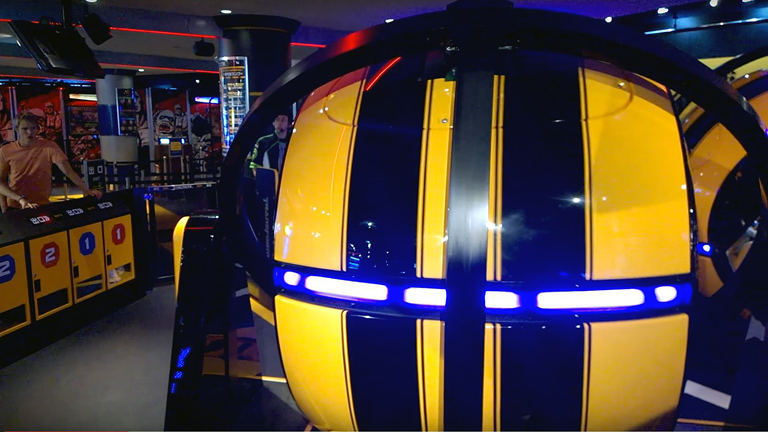
The new R360 arcade system is state-of-the-art and currently sits at the pinnacle of Japanese amusement tech
If you get a chance to hop on the system though I have just one piece of valuable advice… don't have had lunch before taking a ride!
If you want more information about Tokyo Joypolis, or the new R360 Transformers: Human Alliance arcade system, then check out the arcade's official website.
Marco Zangirolami has been reporting on the video game industry since 1996. During his career he has been a correspondent from Japan for the most important Italian firms, head of the 'Made in Japan' section on 'ConsoleMania' (the most important Italian video game magazine of all time) and 'Automat', the leading magazine of the Italian Jamma's Arcade Association. He is a contributor to T3.com, writing about the video game industry. In his spare time Marco likes to collect and restore classic arcade machines from the 1980s and 1990s.
